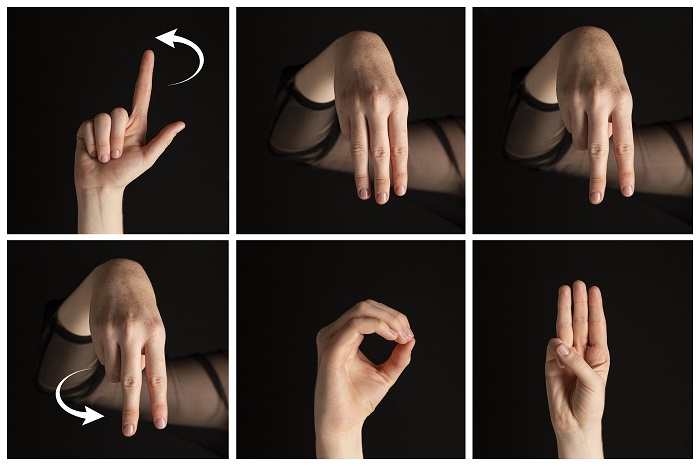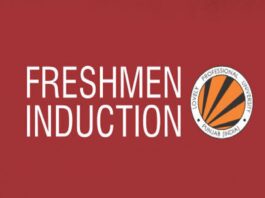Before we read about sign language interpreting, let’s get acquainted with sign language. It is a way of communicating by using hand gestures, facial expressions, and body language especially, for people who are deaf and have difficulty in hearing. Moreover, people suffering from disabilities such as autism, down syndrome, cerebral palsy, etc. finds it easy to communicate using sign language. One thing I find most peculiar about sign language is that it is not universal, deaf people belonging to different countries speak different languages. Approximately, 300 different types of sign languages are being expressed by people all over the world. What’s fascinating is the fact that like any other language sign languages have their unique grammatical range, vocabulary, and logic. The United States uses American Sign Language, Spanish Sign Language is mainly delivered in Spain and The United Kingdom uses British Sign Language.

Role of the interpreter
A sign language interpreter is someone who is professionally trained to facilitate communication between people with hearing difficulties and people who can hear in business meetings, conferences, events, lectures, etc. providing equal access to information and interactions to deaf and those who have difficulty in hearing. Consequently, sign language interpreters have to follow a Code of Professional Conduct that has been designed to protect the fundamental rights of people cannot hear and those who have difficulty in hearing. To ensure confidentiality and unbiasedness towards the deaf they need to follow a certain set of rules and render information in a professional manner. The interpreter must be loyal and deliver the content of any speaker or signer in trust, ensuring the right to control the communication interaction to the deaf and hard of hearing.
Can anyone who signs be an interpreter?
Not anyone can be a sign language interpreter as it requires special training and qualifications to hone the skills and expertise required to arbitrate meanings across languages and cultures which requires several years of practice and training. The common misreading is that anyone who knows one or more sign languages or perhaps knows the manual alphabet, finger spelling, and expression signal is qualified for this profession. The interpreter needs to pass certification course either at state or national level subsequently has to follow a strict Code of Professional Conduct, as recognised by the Registry of Interpreters for the Deaf.

Moreover, it has been observed that career growth prospect has been considerably rising for ASL interpreters, even more so with the emergence of virtual positions. Sign language interpreting services are in constant need across multiple industries but primarily in the education sector. Also, with the rising need for virtual sign language interpretation, remote ASL interpreters can give help to students all over the country.
The International Day of Sign Languages, celebrated every year on 23rd September worldwide is a great chance to show your support and obligation towards the linguistic identity and cultural diversity of all deaf people and also for those who use other sign languages. World Federation of the Deaf has declared a theme for this year and that is “We Sign for Human Rights,” accentuating the unity between deaf and hearing people to promote the use of sign languages in all areas of life.




